This post is also available in:
 Deutsch
Deutsch
Spa resorts with international reputation
The great period of the Swiss spas was the so-called Belle Époche, the last three or four decades before the First World War. First-rate spas such as Bad Ragaz, St. Moritz and Schuls-Tarasp-Vulpera followed the fashionable foreign examples. As in Baden-Baden, Marienbad or Vichy, representative drinking halls, baths and spa parks were built.
The guests stayed in spa hotels with modern, sophisticated infrastructure. In addition to spacious lounges, concert halls and tennis courts, they also had modern technology such as lifts, electric lighting and central heating despite to their location in the heart of the Alps. Many buildings from this period are still preserved today and continue to lend the former mountain villages a touch of aristocratic splendour.
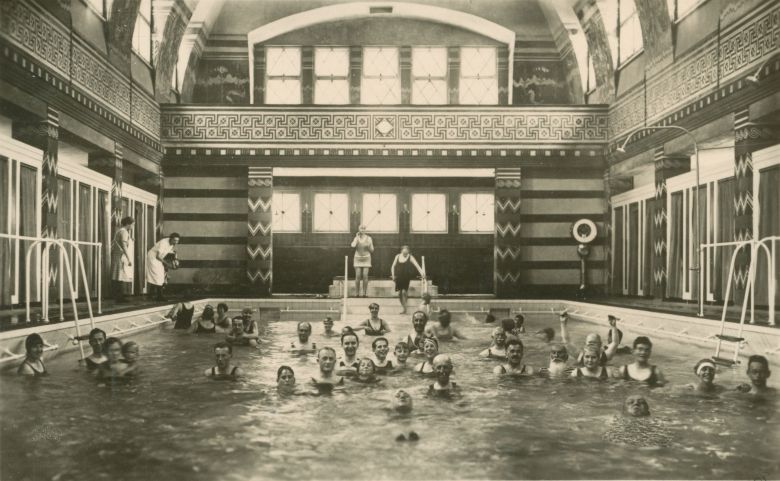
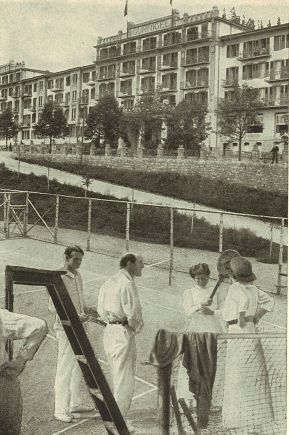
A mineral water for each condition
Switzerland offered numerous small spas besides the few larger, well-known ones. Many are no longer in use today. They typically addressed a local audience with less exclusive requirements. Each destination had its own specialties. Contemporary spa guides dealt in detail with the classification of the more than 150 known medicinal springs in Switzerland according to chemical composition and temperature, effect and indication.
Depending on the disease, a brine bath, sulphur or iron water, an acidulous water or even a spring containing radium was advised. Most spas were recommended for common complaints such as slowed convalescence, anemia, rheumatism or digestive disorders. Some spas were considered particularly suitable for more specific indications such as nervous disorders, skin rashes or gynecological diseases.
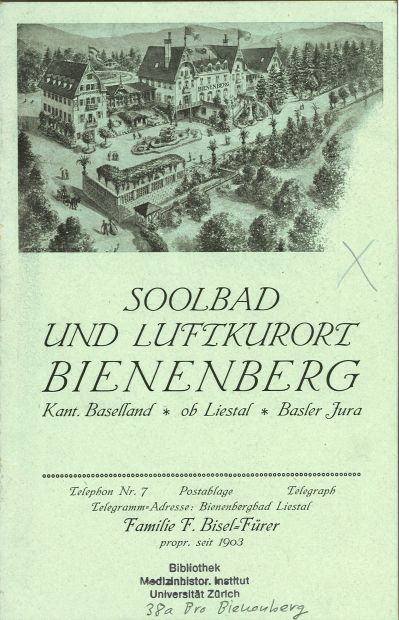
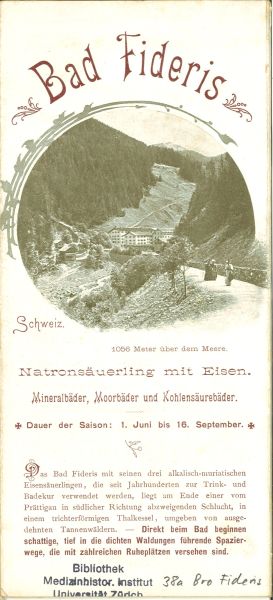
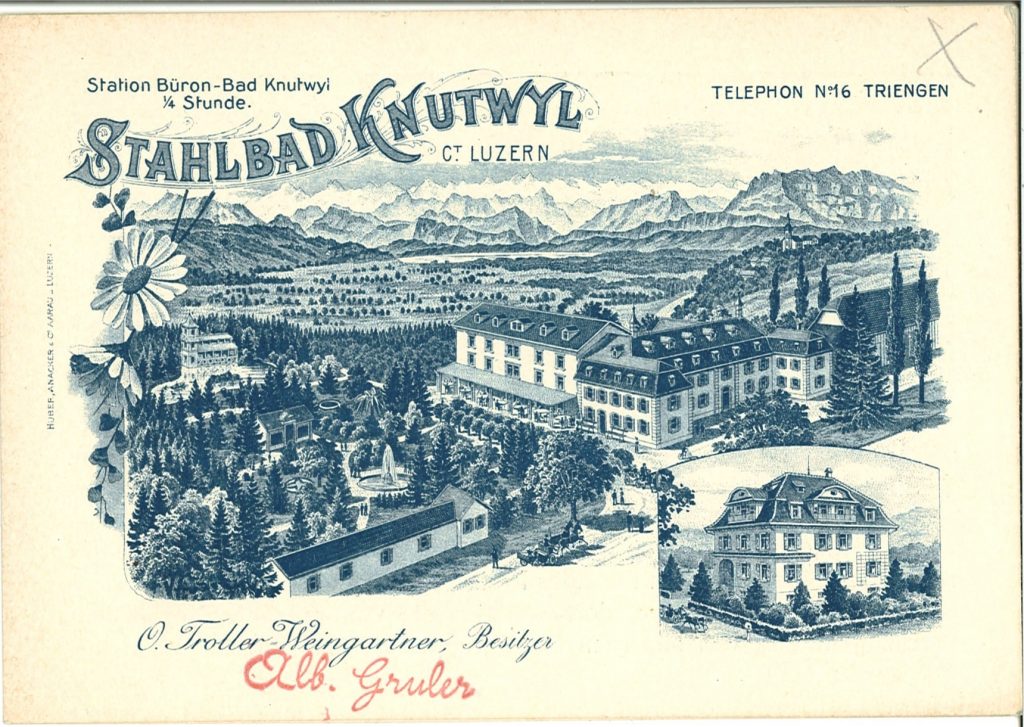
Hours of bathingaden
For drinking therapies the mineral water was drunk in the morning still earth warm on an empty stomach. Bathing was in open swimming pools or in individual bathing cells with embedded basins. The duration of the bath was specified by the spa physician. In addition to baths, other water treatments such as showers, water casts, rubbings, heat packs, inhalations and sprayings were also offered.
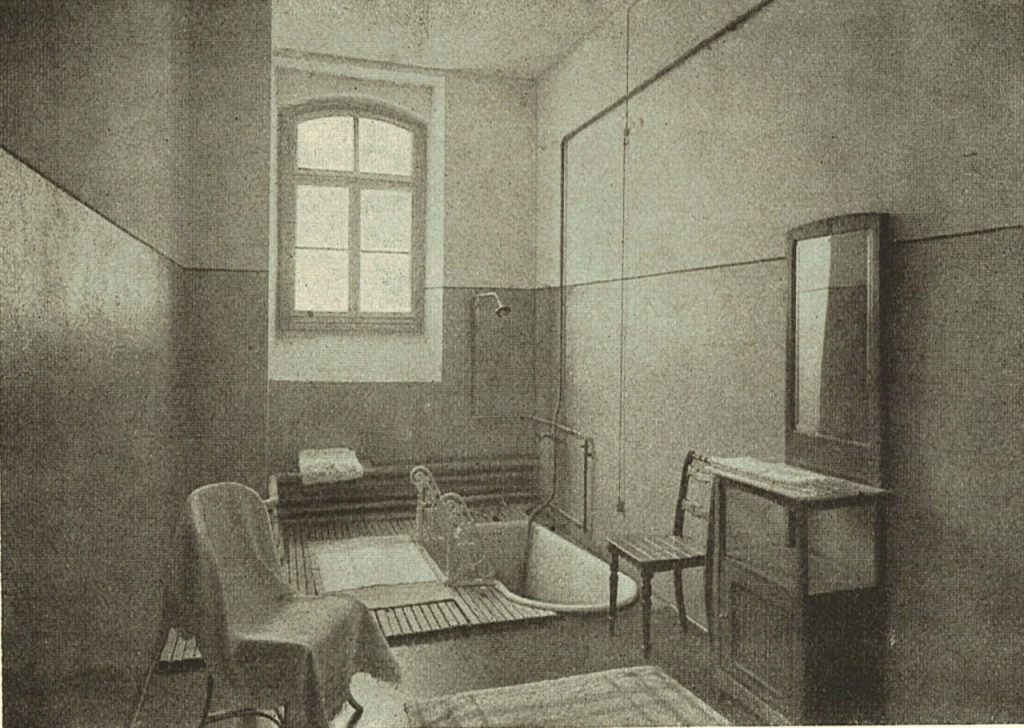

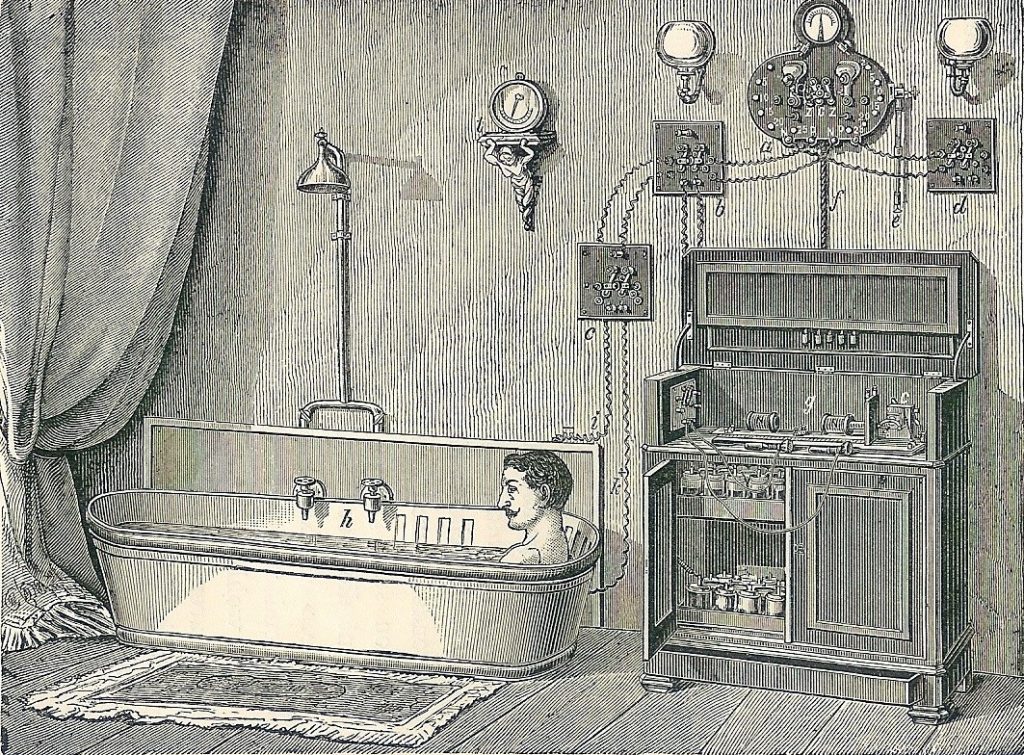
From spa to wellness destination
Bath tourism in Switzerland suffered its first setback with the First World War, when international guests failed to arrive. The traditional baths continued to be used by local spa guests, until they also became more and more redundant from the middle of the 20th century onwards as therapy requirements changed. The thermal baths still preserved today have invested in their infrastructures again in recent years, but above all serve as wellness destinations and offer only marginal medical services.
